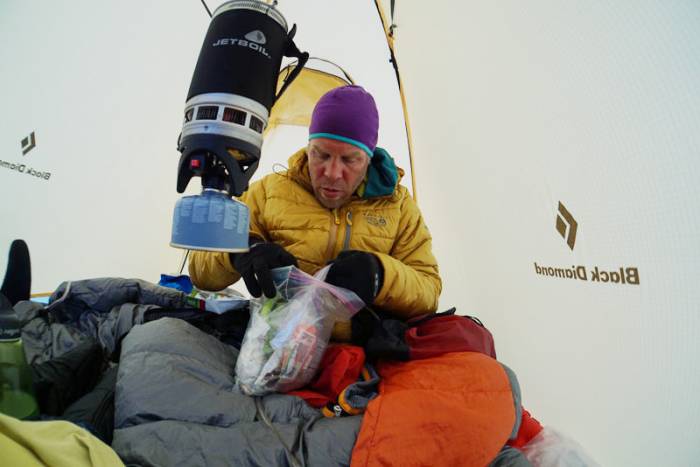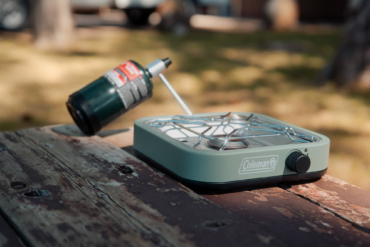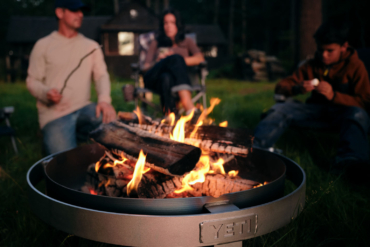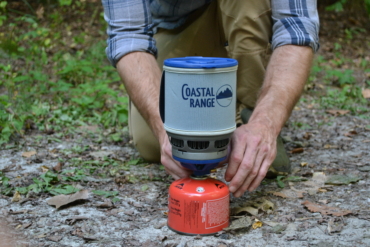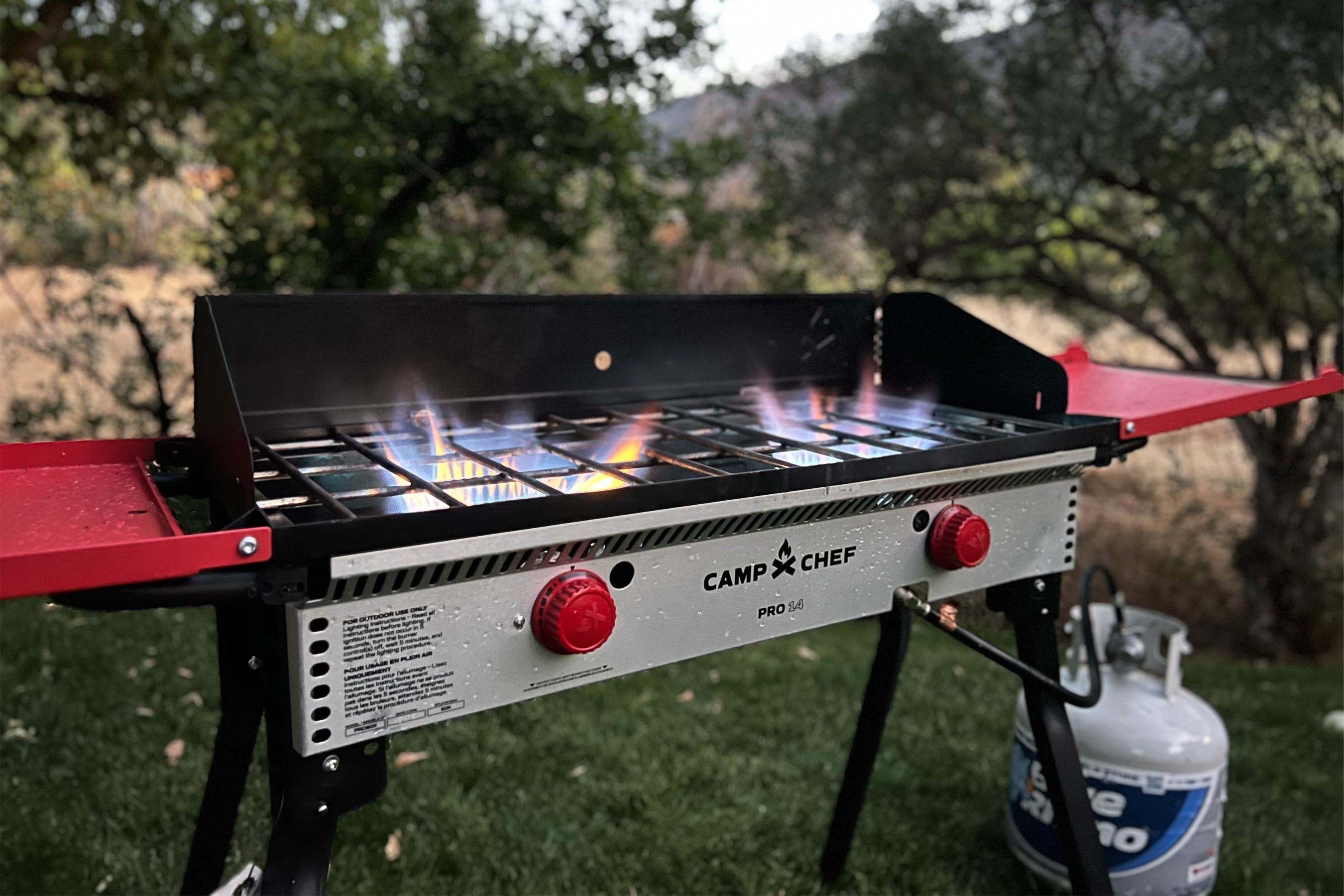Odorless, colorless, poisonous: Carbon monoxide is a deadly threat to campers who cook and heat with gas inside tents.
Winter provides howling wind, blowy snow, and fading light. The challenge lures many hearty soles to hunker down inside a tent for a night outside, often with fuel-burning gadgets. But not without risks.
Exposure to carbon monoxide is the number one unintentional death caused by poisoning. We’ve outlined a few tips on how to reduce exposure and what to do if exposed to carbon monoxide.
Carbon Monoxide: What It Is
Carbon monoxide (CO) is an odorless, tasteless, tranparent gas produced by burning fuel to power a camp stove, lantern, or heater. Like oxygen, CO binds to hemoglobin, but with 200 times the affinity of oxygen. If exposed to CO long enough, the body is literally starved of oxygen, which can lead to death.
How To Identify Carbon Monoxide
At home, we have efficient stoves and CO detectors to alert us to accumulating carbon monoxide. But if you are using a stove inside a tent, or gas-powered heater at the icehouse, you need to know that CO is a byproduct of burning fuel. To identify exposure, keep an eye out for flu-like symptoms that affect multiple people.
- Mild exposure can cause headache, nausea, weakness, dizziness, stomachache, vomiting, and confusion. Think flu symptoms without a fever, which coincidentally overlaps with symptoms of altitude sickness. So, climbers beware!
- Continued exposure can cause a person to black out and experience chest pain, malaise, shortness of breath, and altered mental state, eventually leading to death.

CO Poisoning: How To Avoid
To eliminate potential exposure, simply don’t use camp stoves or heaters in your tent or enclosed shelter. Instead, consider building a snow wall around an outside cook area to block the elements. Or opt to cook under your tent’s vestibule with the tent door closed and the vestibule door tied back.
Does this mean you can’t cook inside your tent? Officially, yes. The CDC explicitly states that you should not use any fuel-burning devices inside a tent.
But off the record? At times (storms at high altitude, for example) there really is no other choice. The key is to ventilate. Even the smallest mountaineering tent will have a vent at the peak and a door that can be unzipped. With two windows cracked, a current of air will flow through the tent, pulling most of the carbon monoxide out.
Is it 100 percent effective? No. Is the risk minimized? Yes.
Finally, limit the use of your stove and never use your stove as a heat source.
Treatment
You want to eliminate exposure to more CO and flush your system of inhaled CO. Get outside and take deep breaths of fresh air. Symptoms should quickly reverse.
People with severe symptoms should get to a physician quickly. A physician will administer a blood test or use a pulse oximeter to measure levels of CO exposure. And they will push supplemental oxygen to rapidly flush the system.
Worst-Case Scenario
While living in Minnesota, every winter I would read an unfortunate headline about a person found dead, with heater still blasting, on a cot in an ice house. Without ventilation, CO exposure can be deadly business.
Don’t be mistaken: Winter is a great time to get outside. But if your plans include stints of sitting still and cooking, bundle up and ventilate properly.

